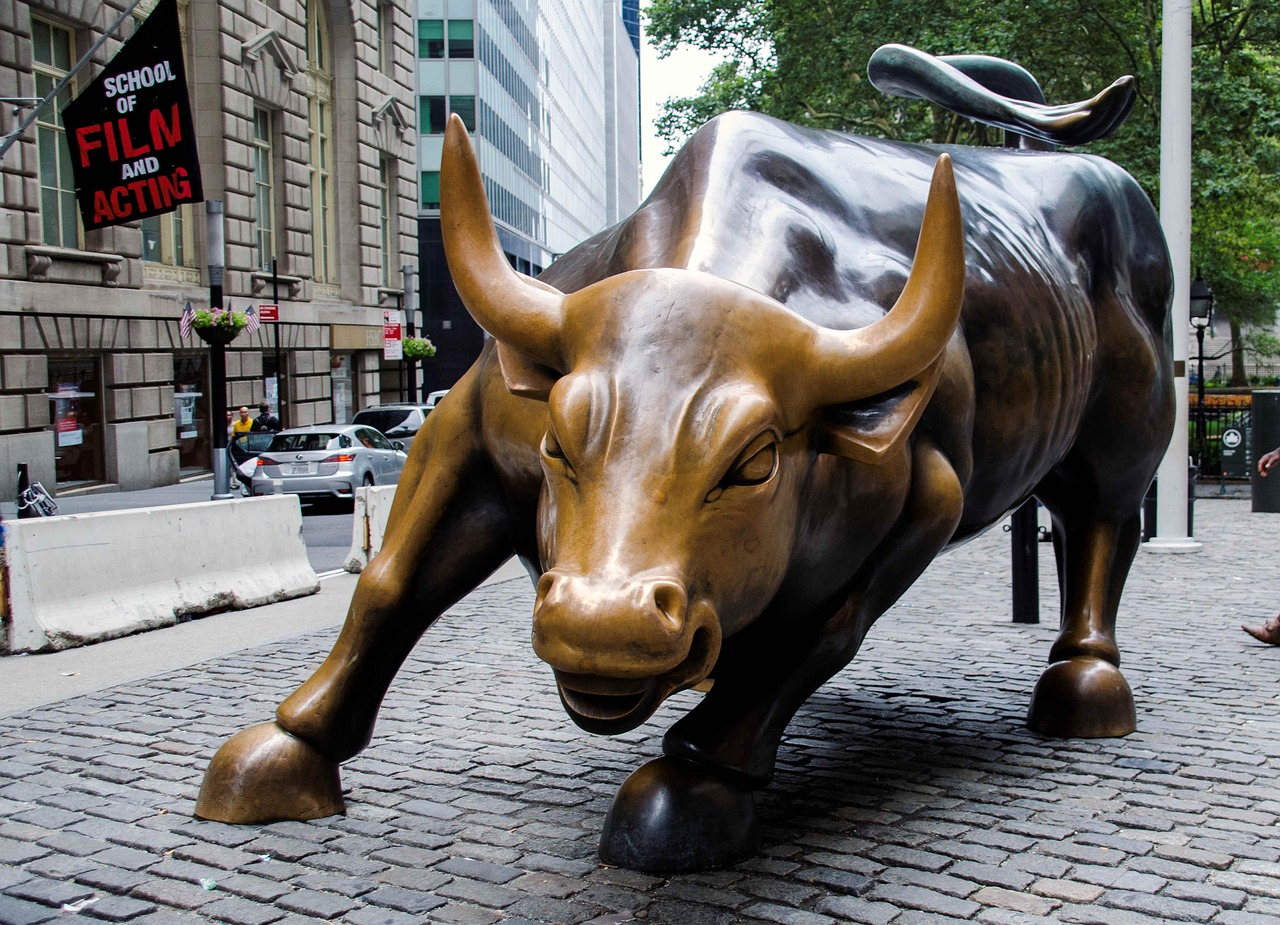
Are we in a market bubble? During our latest Market on Close livestream, co-host “Twitter Tom” summed it up perfectly:
“The market looks like it’s in a mania phase. Logic and fundamentals have taken a backseat. Prices are being driven by emotion, herd behavior, and euphoria — not analysis.”
Can’t Get Enough Options?: Join the list for Barchart’s daily unusual options report, delivered free.
John Rowland, CMT, didn’t disagree. Instead, he laid out the classic warning signs of a market bubble — and why he’s hedging more, rather than chasing.
The Anatomy of a Bubble
According to John, bubbles share a handful of recurring traits. If you’ve been trading long enough, you’ve probably seen a few.
#1. Disruption Narrative
“You need a disruptor — like AI.”
Every bubble starts with a technological or societal breakthrough. In 1999, it was the internet. In 2021, it was crypto. Today, it’s artificial intelligence (AI).
Disruption can justify high valuations… until it becomes an excuse for ignoring them.
#2. Excess Liquidity and Easy Credit
Loose monetary policy fuels speculation. When borrowing is cheap and liquidity is everywhere, traders chase growth stories without fear. Sound familiar?
#3. Fraud and FOMO
Bubbles attract bad actors, and John highlighted that clearly:
“There’s been a lot of cases of fraud… especially in crypto and finance. Companies caught with their hands in the cookie jar.”
When easy money floods in, due diligence dries up.
#4. M&A and IPO Booms
When everyone’s trying to cash in, the market often attracts a rush of IPOs, SPACs, and big-ticket mergers & acquisitions. It’s exactly what we saw in 2020–2021 — and, to a degree, we’re seeing echoes of that again today with AI, chipmakers, and high-growth software names.
#5. Herd Behavior and Euphoria
In a bubble, momentum becomes the only analysis. Stocks rise simply because they’re rising.
John calls this the “groupthink” phase — and that’s often the final stage before reality hits.
A Look Back: Lessons from Past Manias
- Crypto Boom (2021): Heavy speculation and celebrity endorsements were followed by rapid price collapses.
- Housing Bubble (2008): Easy credit, leverage, and overconfidence all played starring roles. History doesn’t repeat perfectly, but it rhymes loudly.
- Dot-Com Bubble (1999–2000): AI stocks today share eerie similarities — unproven profitability, massive valuations, and capital flowing to anything with “tech” in the name.
What Traders Can Do
John isn’t calling a top, but he’s positioning smarter:
“I’m not stepping in front of the freight train anymore. But I am managing my risk. I’m doing a lot more hedging.”
Here’s how traders can do the same using Barchart tools:
- Valuation Screeners – Spot stocks trading at extreme P/E or P/S multiples.
- Insider Activity – Track whether corporate executives are buying or selling near peaks.
- Unusual Options Activity – Identify speculative flow spikes often seen in late-stage manias.
The Bottom Line
Every bubble starts as brilliance, until greed takes over.
AI, small caps, crypto, tech — whatever the next “big thing” is, John Rowland’s advice rings true: manage risk, recognize euphoria, and stay humble (before the market humbles you).
Watch the clip from Market on Close:







